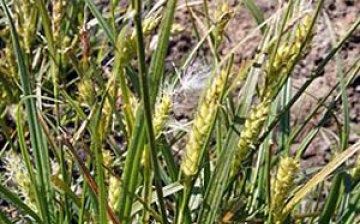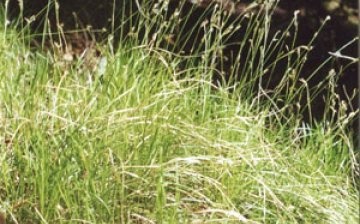Sand sedge in folk medicine
This plant is popularly called reed grass or red wheatgrass. This herb is remarkable in that its rhizomes are used in folk medicine. Sand sedge is common throughout Europe, as well as Russia and Ukraine. The used rhizomes after wilting of the plant are dried at a temperature of 40 degrees. They can be stored for 3 years.
The roots of sand sedge contain
- coumarin;
- silicic acid;
- saponin;
- starch;
- tannins;
- resin;
- glycoside.
This herb is mainly used as a blood purifier. The rhizome has anti-inflammatory, analgesic, diuretic and choleretic and expectorant effects, and also improves metabolism. Tea from this plant is prescribed for gout.
Method of making tea for gout
Take two pinches of dried herbs and pour them with a quarter liter of cold water. Boil and leave the broth for 10-15 minutes. then strain. You need to use it 2-3 times a day for quite a long time.
In folk medicine, sand sedge is used to treat chronic bronchitis, lung disease, gout and rheumatism, kidney disease, and skin irritation. Sedge infusion can be taken in case of problems with the gastrointestinal tract, diarrhea and colic.
Ways to use sedge
• Take 2 tsp. dried rhizomes and pour boiling water (2 cups). Insist the broth for 8-10 hours, after which it is ready for use. They drink sedge up to 5 times a day, half a glass before meals. This recipe is effective for flatulence and constipation.
• For the treatment of bronchial asthma, you need to take 30 g of rhizomes of sand sedge, pour 4 glasses of water and boil about 2 times. The broth is infused for 3-4 hours. You need to take the medicine 3-4 times a day before meals for ¼ glass.
Side effects
Do not use sedge in case of exacerbation of kidney inflammation.








